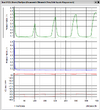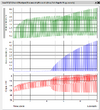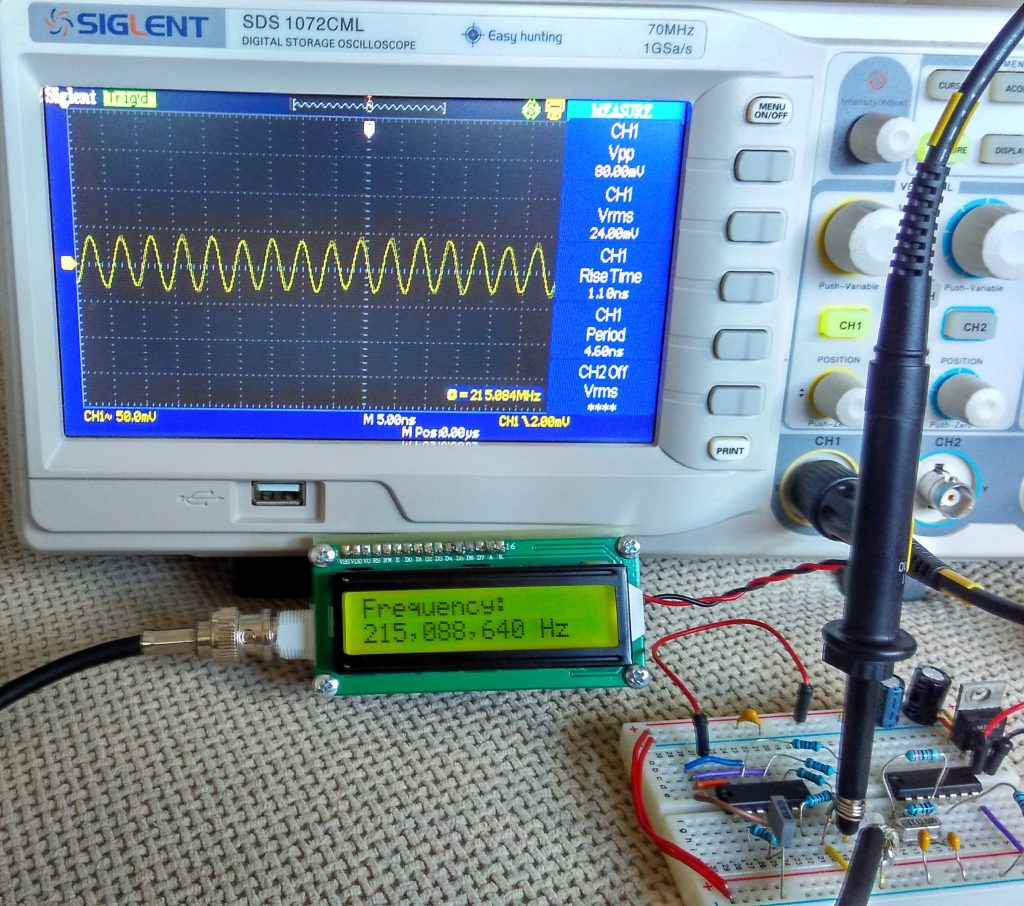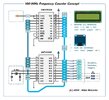augustinetez
Active Member
I have 2 16F628A based Frequency counters, both using exactly the same code except one is using an external OCXO as the frequency ref and the other is using a 10MHz xtal.
Feeding 10MHz in (from the OCXO) to the xtal based unit and it reads 20MHz, feeding the same signal to the OCXO based unit and it reads correctly at 10MHz.
The only difference between the two units are slight differences in component values of the input circuit as below. Input stage 1 is the 10MHz xtal version and Input stage 2 is the OCXO version (and yes, the input stage really needs updating to something better - on the 'todo' list).
Any one seeing something I'm not (apart from the 270Ω resistor in one of the units) ?

Feeding 10MHz in (from the OCXO) to the xtal based unit and it reads 20MHz, feeding the same signal to the OCXO based unit and it reads correctly at 10MHz.
The only difference between the two units are slight differences in component values of the input circuit as below. Input stage 1 is the 10MHz xtal version and Input stage 2 is the OCXO version (and yes, the input stage really needs updating to something better - on the 'todo' list).
Any one seeing something I'm not (apart from the 270Ω resistor in one of the units) ?




 ).
).

